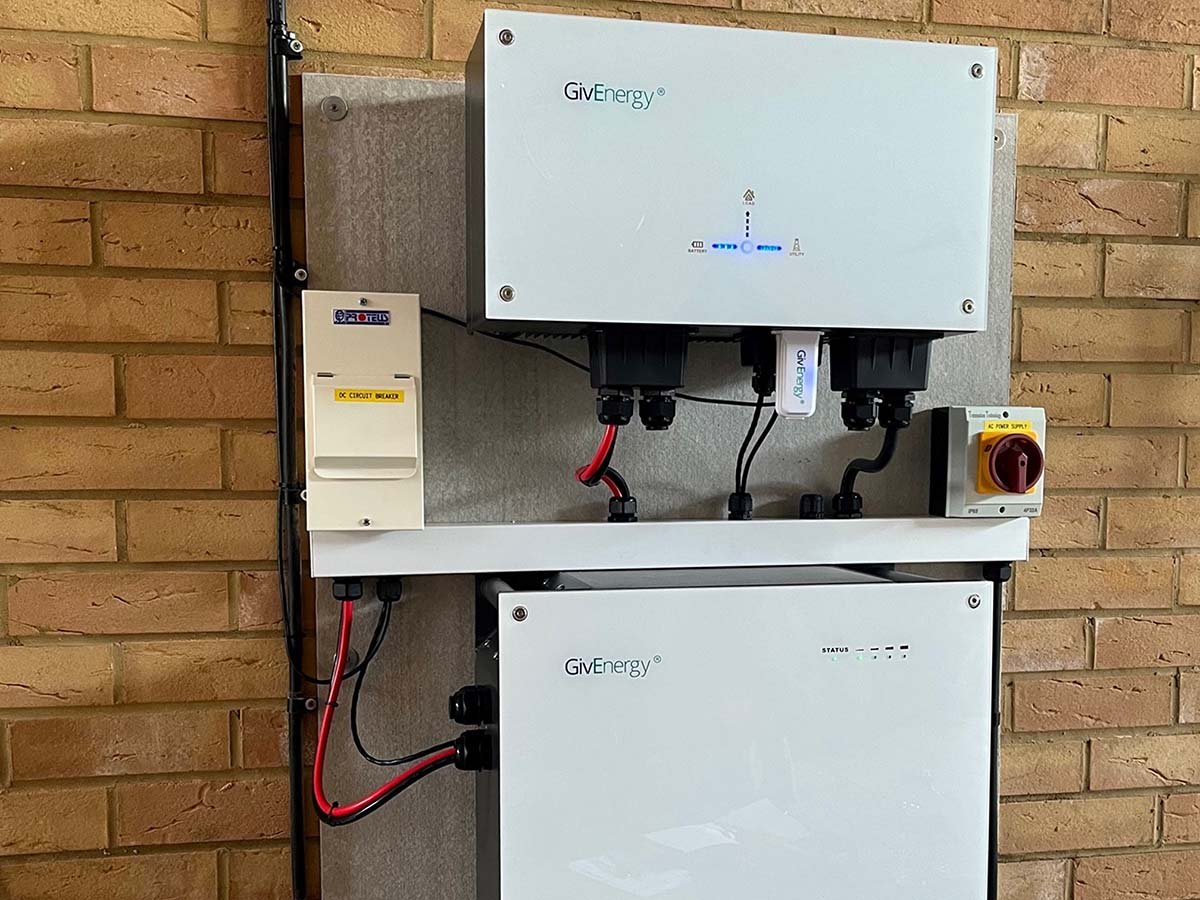For those that have thought about getting Solar PV Panels installed but have not quite got around to taking the plunge, we thought it might be helpful to be upfront and outline some of the potential issues. Are they a great power generator or too much of a pain to be worth the hassle?
We’ve asked our Solar PV Specialist Engineer to give us the low-down…
How Reliable are Solar PV Panels?
On the whole the actual panels themselves are usually very reliable. Obviously there are things that can go wrong, but this tends to be with the inverter rather than the solar panels.
What is the Inverter?
The inverter is an essential part of the solar panel infrastructure and converts the DC (direct current) voltage generated by the panel, into AC (alternating current) voltage that is utilised by the home or workplace.
What are the Unlikely Problems that Could Occur?
Issues with solar panels tend to be few and far between, but when they do occur they tend to be one of the following:
The glass on the panel has a crack or is broken
The panels are not producing electricity
The generator meter is not working
Panel performance is reduced
Electrical connection is poor
Accumulation of dust, dirt, and sand from the wind and rain
Are there any Proactive Measures that can be Taken to Ensure Optimum Performance?
It is important to schedule in some time periodically to assess the panels and the immediate environment where they reside. For example, you might find birds nesting under the panels, or damaged roof tiles shadowing some of the panels. Trees can also cause shadowing, especially if it has been a while since the panels were installed.
How Much Power can the PV Panels Produce?
There are quite a few variables that can have an effect on power production. Some of these variables include where you live, the amount of ambient light available, the angle the panels are installed at, the power of the panels (because these can vary), and other variables like broken tiles and trees causing shadows as mentioned above.
However, if you were to install eleven solar panels (all south facing), you could expect to generate 4KW of which 3KW will be usable energy. Appliances in your home that are permanently on such as fridge freezer, lights, TV, router can be taken care of with the energy produced from solar, and any surplus can be stored in battery storage.
Conclusion
With maximum reliability, it is worth investing in solar panels. Not only are they very reliable but there are things you can do proactively to ensure continual maximum efficiency.
A set of eleven is enough to run your ‘everyday’ items in your home, but this doesn’t include kettles or ovens which often use a large spike of electricity and so will take the power from the grid.
Ultimately, it is about saving money with rising energy costs but its also about doing your bit for the environment. With the reliability being high and the power providing real benefit it is definitely worth considering.







